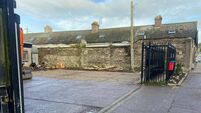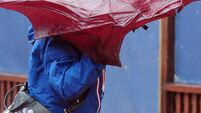Tough decisions to save endangered species
Is a captive breeding programme feasible? Catching wild animals is always risky, no trapping regime is completely safe, tranquillising drugs have side effects and anaesthesia carries risks. Being transported to unfamiliar locations stresses animals and creatures taken from the wild seldom prosper in captivity.
Even if a breeding programme succeeds, returning captive-bred young to the wild is never easy. Waldrapp ibis chicks, for example, were successfully raised under artificial conditions but, when released, they couldn’t find food or avoid predators. Trumpeter swan cygnets migrate with their parents, learning the routes from them. Hand-raised cygnets, deprived of this vital parental guidance, didn’t know which way to fly at migration time. They had to be shown where to go by following a micro-light aircraft. It cost millions of dollars to reintroduce captive-bred condors to California but the birds are dying of lead poisoning. They feed on the carcasses of deer shot by hunters. Intervention may offer a cure which is sometimes worse than the disease but, with a species on its last legs, it may be the only option. Conservationists are damned if they interfere and damned if they don’t.










